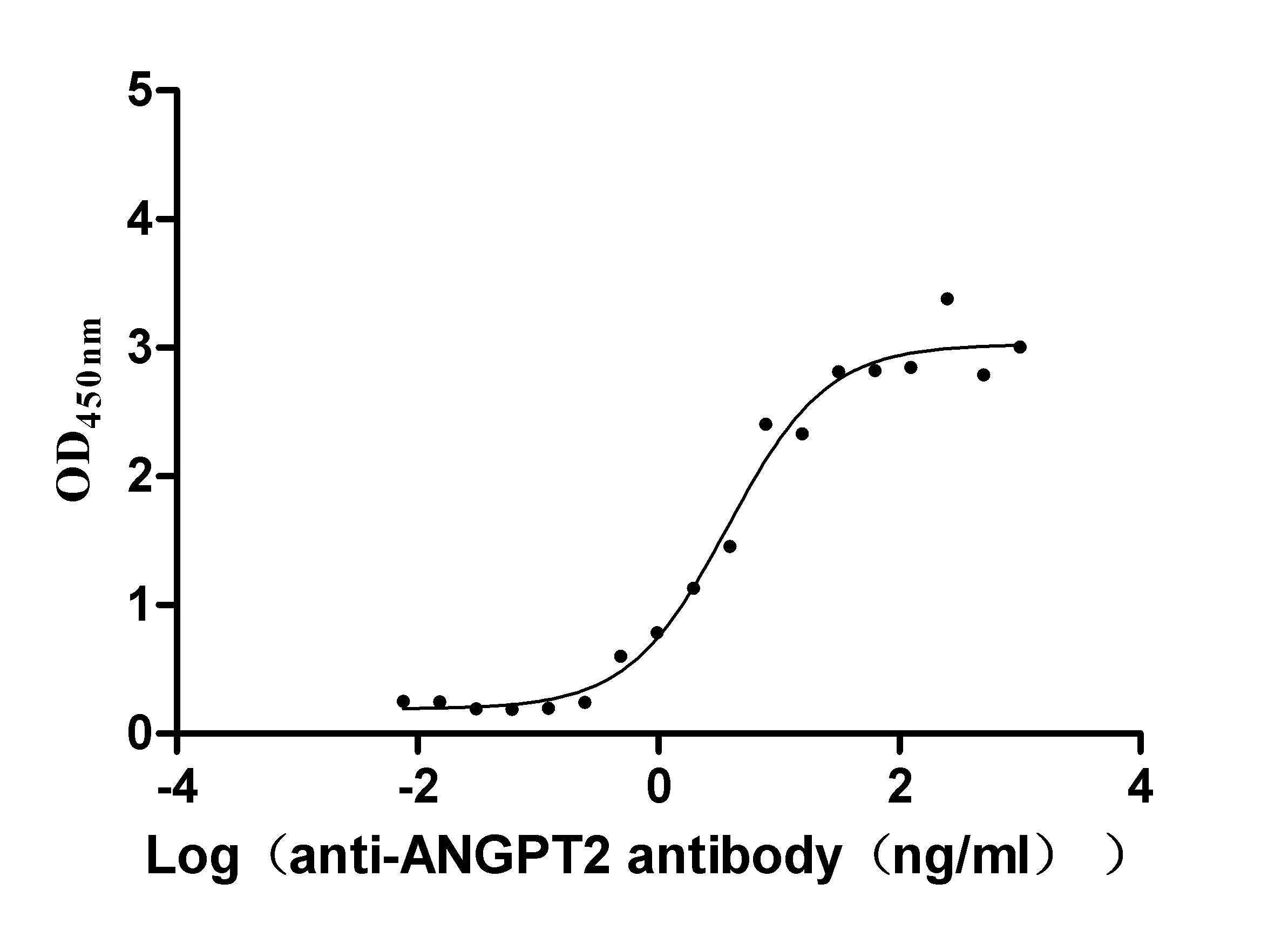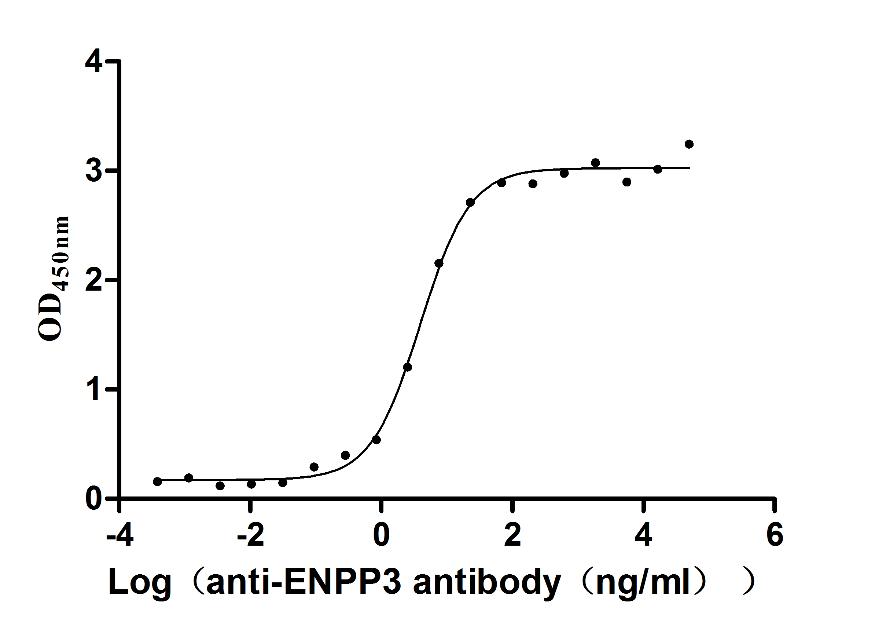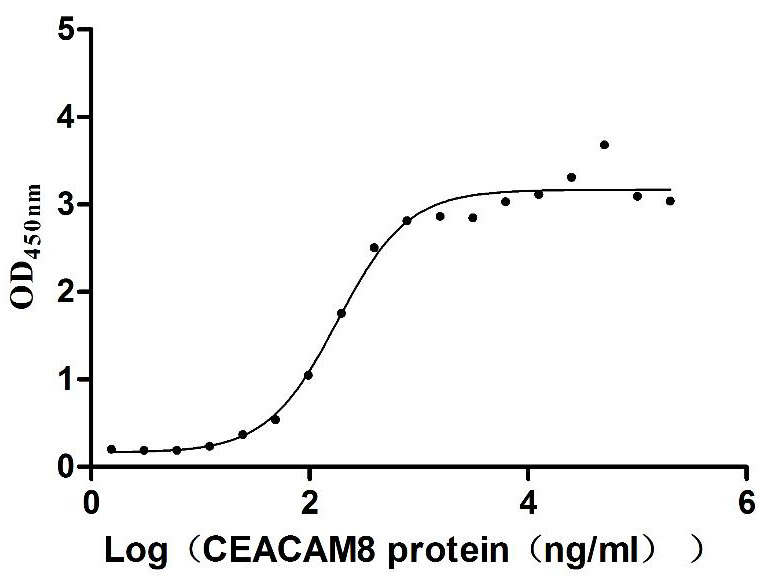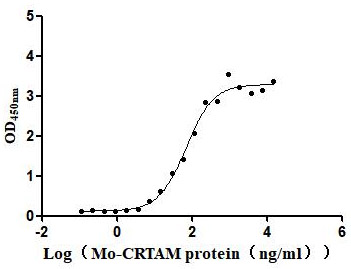Recombinant Drosophila melanogaster Peptidoglycan-recognition protein LE (PGRP-LE)
-
中文名稱(chēng):黑腹果蠅PGRP-LE重組蛋白
-
貨號(hào):CSB-YP896165DLU
-
規(guī)格:
-
來(lái)源:Yeast
-
其他:
-
中文名稱(chēng):黑腹果蠅PGRP-LE重組蛋白
-
貨號(hào):CSB-EP896165DLU
-
規(guī)格:
-
來(lái)源:E.coli
-
其他:
-
中文名稱(chēng):黑腹果蠅PGRP-LE重組蛋白
-
貨號(hào):CSB-EP896165DLU-B
-
規(guī)格:
-
來(lái)源:E.coli
-
共軛:Avi-tag Biotinylated
E. coli biotin ligase (BirA) is highly specific in covalently attaching biotin to the 15 amino acid AviTag peptide. This recombinant protein was biotinylated in vivo by AviTag-BirA technology, which method is BriA catalyzes amide linkage between the biotin and the specific lysine of the AviTag.
-
其他:
-
中文名稱(chēng):黑腹果蠅PGRP-LE重組蛋白
-
貨號(hào):CSB-BP896165DLU
-
規(guī)格:
-
來(lái)源:Baculovirus
-
其他:
-
中文名稱(chēng):黑腹果蠅PGRP-LE重組蛋白
-
貨號(hào):CSB-MP896165DLU
-
規(guī)格:
-
來(lái)源:Mammalian cell
-
其他:
產(chǎn)品詳情
-
純度:>85% (SDS-PAGE)
-
基因名:PGRP-LE
-
Uniprot No.:
-
別名:PGRP-LE; CG8995; Peptidoglycan-recognition protein LE
-
種屬:Drosophila melanogaster (Fruit fly)
-
蛋白長(zhǎng)度:full length protein
-
表達(dá)區(qū)域:1-345
-
氨基酸序列MSESGIKKLS QERTREWLAS QEDEELESIA ESSVVDSLDY DYTEEEEDAD QNTSEEISTM TLGTQIATKK HSIISDTIRD LMNSINSIQT LGNVNISNST NVHIGNVTNI NGNIQIIADG LTQNRRDRRH VSPPRDNAPK TPTHFEDDYQ DESEERVRSD VFIRRQKFKI PKELSAIIPR SSWLAQKPMD EPLPLQLPVK YVVILHTATE SSEKRAINVR LIRDMQCFHI ESRGWNDIAY NFLVGCDGNI YEGRGWKTVG AHTLGYNRIS LGISFIGCFM KELPTADALN MCRNLLARGV EDGHISTDYR LICHCQCNST ESPGRRLYEE IQTWPHFYNI EEEEQ
-
蛋白標(biāo)簽:Tag?type?will?be?determined?during?the?manufacturing?process.
The tag type will be determined during production process. If you have specified tag type, please tell us and we will develop the specified tag preferentially. -
產(chǎn)品提供形式:Lyophilized powder
Note: We will preferentially ship the format that we have in stock, however, if you have any special requirement for the format, please remark your requirement when placing the order, we will prepare according to your demand. -
復(fù)溶:We recommend that this vial be briefly centrifuged prior to opening to bring the contents to the bottom. Please reconstitute protein in deionized sterile water to a concentration of 0.1-1.0 mg/mL.We recommend to add 5-50% of glycerol (final concentration) and aliquot for long-term storage at -20℃/-80℃. Our default final concentration of glycerol is 50%. Customers could use it as reference.
-
儲(chǔ)存條件:Store at -20°C/-80°C upon receipt, aliquoting is necessary for mutiple use. Avoid repeated freeze-thaw cycles.
-
保質(zhì)期:The shelf life is related to many factors, storage state, buffer ingredients, storage temperature and the stability of the protein itself.
Generally, the shelf life of liquid form is 6 months at -20°C/-80°C. The shelf life of lyophilized form is 12 months at -20°C/-80°C. -
貨期:Delivery time may differ from different purchasing way or location, please kindly consult your local distributors for specific delivery time.Note: All of our proteins are default shipped with normal blue ice packs, if you request to ship with dry ice, please communicate with us in advance and extra fees will be charged.
-
注意事項(xiàng):Repeated freezing and thawing is not recommended. Store working aliquots at 4°C for up to one week.
-
Datasheet :Please contact us to get it.
靶點(diǎn)詳情
-
功能:Peptidoglycan-recognition protein that plays a key role in innate immunity by binding to murein peptidoglycans (PGN) of Gram-negative bacteria and activating the imd/Relish pathway. Has no activity against on Gram-positive bacteria. Binds to diaminopimelic acid-type PGN (DAP-type PGN), an activator of the imd/Relish pathway. Functions synergistically with PGRP-LC in producing resistance to E.coli and B.megaterium infections, which have the DAP-type peptidoglycan. Acts both upstream and in parallel with PGRP-LC in the imd/Relish pathway, and is required for infection-dependent activation of melanization. Required for Relish processing and nuclear translocation following proteolytic cleavage. Its localization suggests a role in the recognition and subsequent activation of the signaling at the first point of contact with invading bacteria.
-
基因功能參考文獻(xiàn):
- Protofibrils of peptidoglycan receptors PGRP-LC and PGRP-LE seed immune deficiency protein (Imd) amyloid polymerization via Imd RIP homotypic interaction motif (RHIM), and the formation of functional Imd amyloid fibril is required for NF-kappaB signaling. PMID: 29045898
- PGRP-LE functions as a gut bacterial sensor that induces balanced responses to infectious bacteria and tolerance to microbiota. PMID: 22901536
- our study delineates how a combination of extracellular sensing by PGRP-LC isoforms and intracellular sensing through PGRP-LE provides sophisticated mechanisms to detect and differentiate between infections in Drosophila. PMID: 22772451
- PGRP-LE and PGRP-LC play a crucial role in detecting extracellular and intracellular bacteria with DAP-type peptidoglycans to induce various innate immune responses PMID: 20089584
- PGRP-LE acts as a pattern-recognition receptor to the diaminopimelic acid-type peptidoglycan and activates both the proteolytic cascade and intracellular signaling in immunity. PMID: 12359879
- PGRP-LE acts both upstream and in parallel with PGRP-LC in the imd pathway, and is required for infection-dependent activation of melanization in Drosophila. PMID: 15538387
- Full-length PGRP-LE acts as an intracellular receptor for monomeric peptidoglycan. A form of PGRP-LE with only the PGRP domain functions extracellularly to enhance PGRP-LC-mediated peptidoglycan recognition on the cell surface. PMID: 16767093
- The function of PGRP-LE in innate immunity as a recognition receptor for intracellular bacteria was studied. PMID: 18769162
顯示更多
收起更多
-
亞細(xì)胞定位:Secreted. Note=However, no signal sequence are predicted by sequence analysis tools.
-
蛋白家族:N-acetylmuramoyl-L-alanine amidase 2 family
-
組織特異性:Expressed in hemolymph. Localizes at the lumenal surface of the trachea (at protein level).
-
數(shù)據(jù)庫(kù)鏈接:
Most popular with customers
-
Recombinant Human Plexin-B1 (PLXNB1), partial (Active)
Express system: Mammalian cell
Species: Homo sapiens (Human)
-
Recombinant Human Insulin growth factor-like family member 1 (IGFL1) (Active)
Express system: Mammalian cell
Species: Homo sapiens (Human)
-
Recombinant Human HLA class II histocompatibility antigen gamma chain (CD74), partial (Active)
Express system: Mammalian cell
Species: Homo sapiens (Human)
-
Recombinant Dog Angiopoietin-2 (ANGPT2) (Active)
Express system: Mammalian cell
Species: Canis lupus familiaris (Dog) (Canis familiaris)
-
Express system: Mammalian cell
Species: Macaca fascicularis (Crab-eating macaque) (Cynomolgus monkey)
-
Recombinant Human Carcinoembryonic antigen-related cell adhesion molecule 6 (CEACAM6) (Active)
Express system: Mammalian cell
Species: Homo sapiens (Human)
-
Recombinant Mouse Cell adhesion molecule 1 (Cadm1), partial (Active)
Express system: Mammalian cell
Species: Mus musculus (Mouse)
-
Recombinant Human C-type lectin domain family 4 member C (CLEC4C), partial (Active)
Express system: Mammalian cell
Species: Homo sapiens (Human)


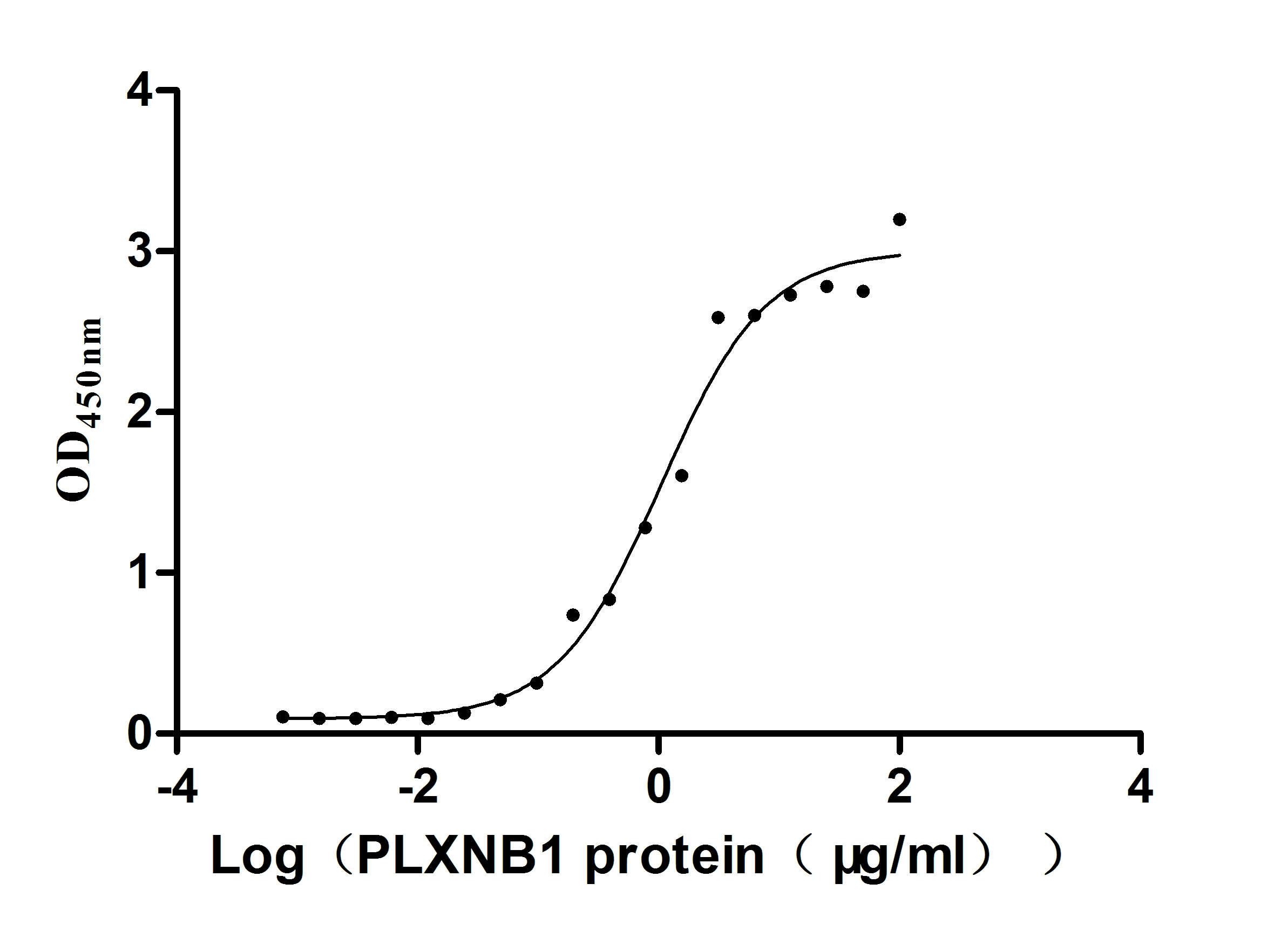
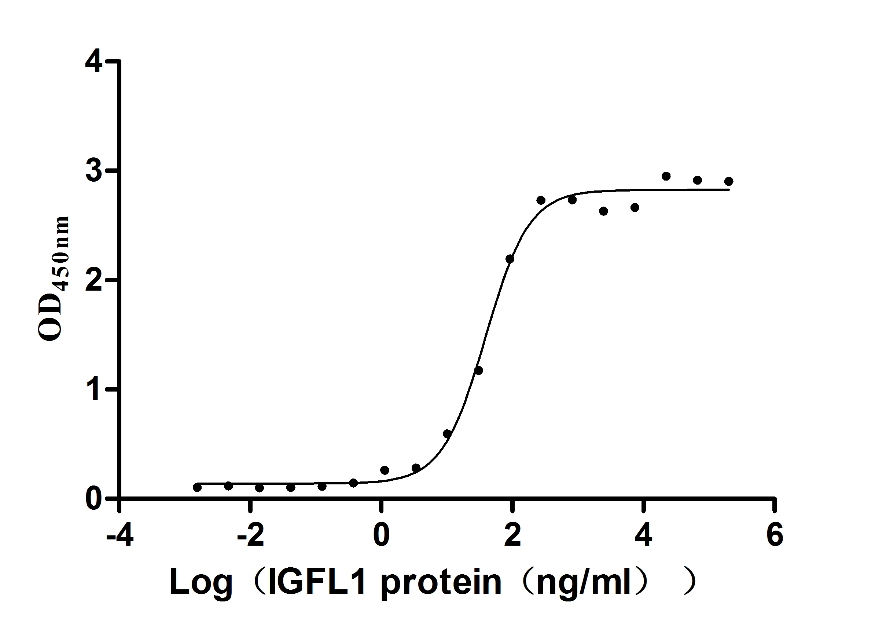
-AC1.jpg)
